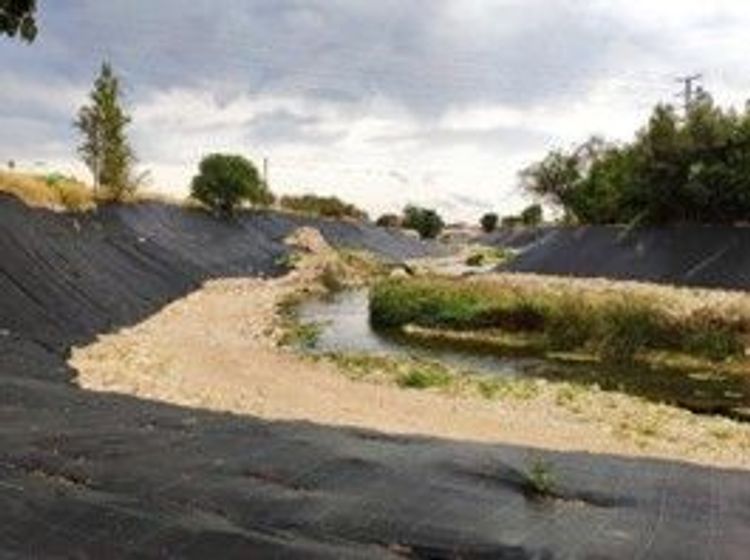Recovery of river habitat in urban areas: collaboration between the Júcar River Basin Authority and cities
Contributed by Miguel Polo Cebellán, President, Confederación Hidrográfica del Júcar (CHJ).

Contributed by Miguel Polo Cebellán, President, Confederación Hidrográfica del Júcar (CHJ).
